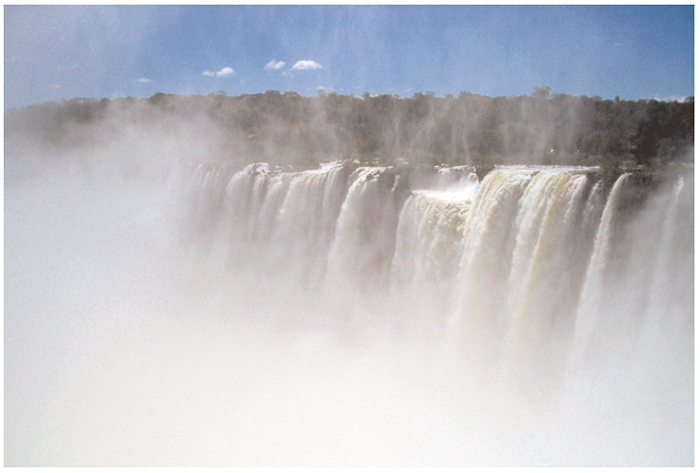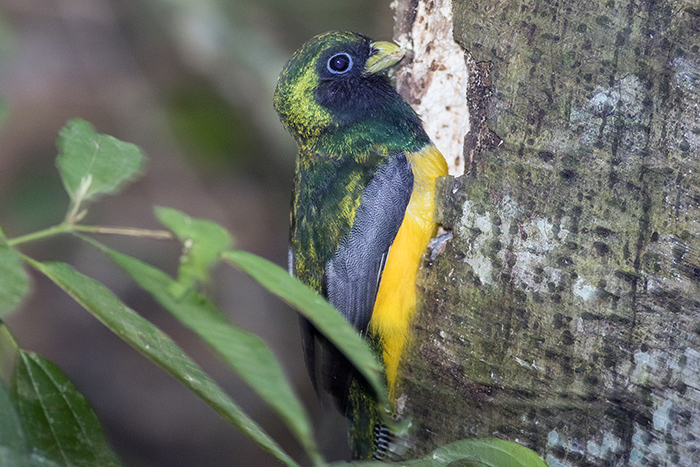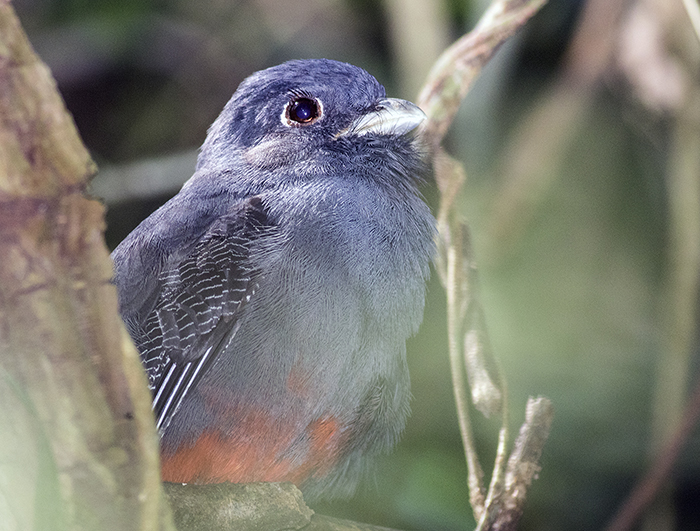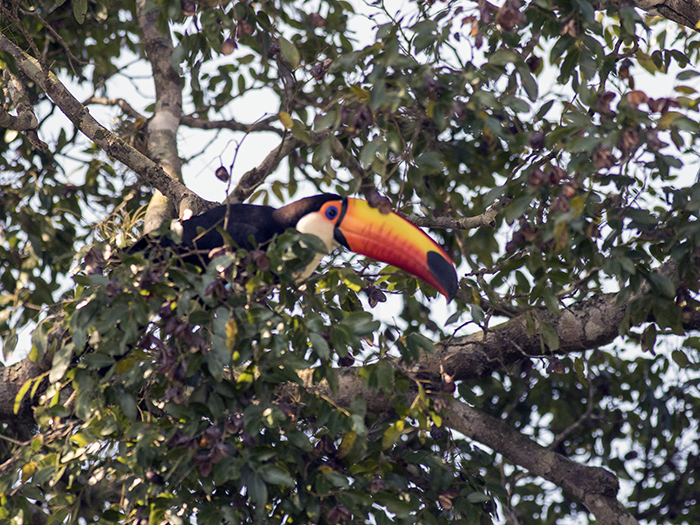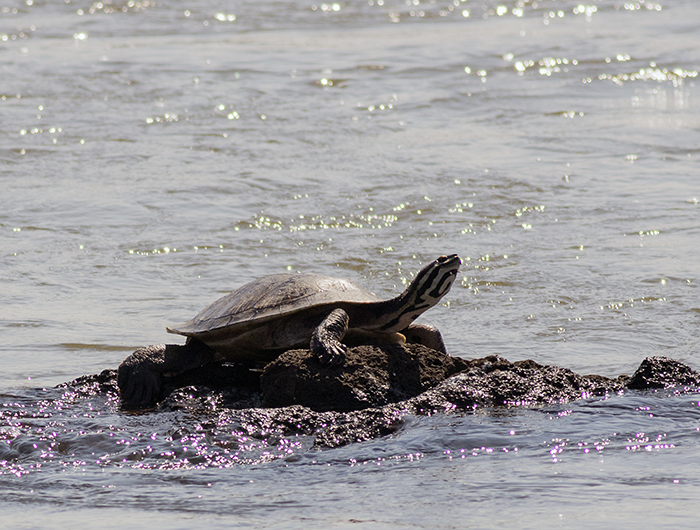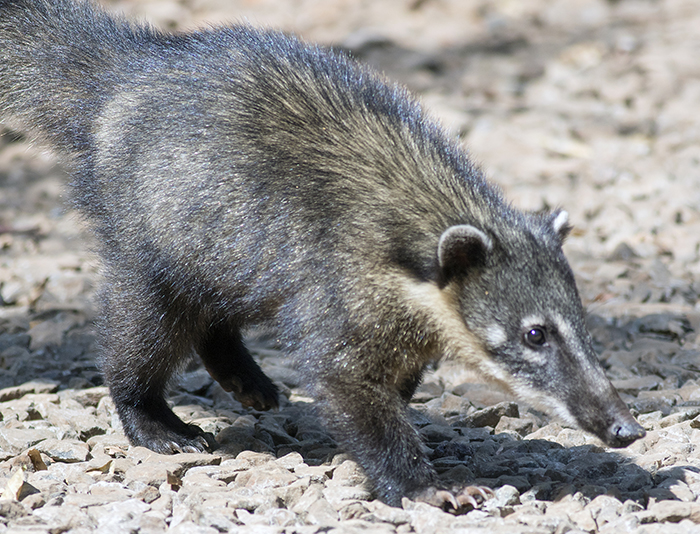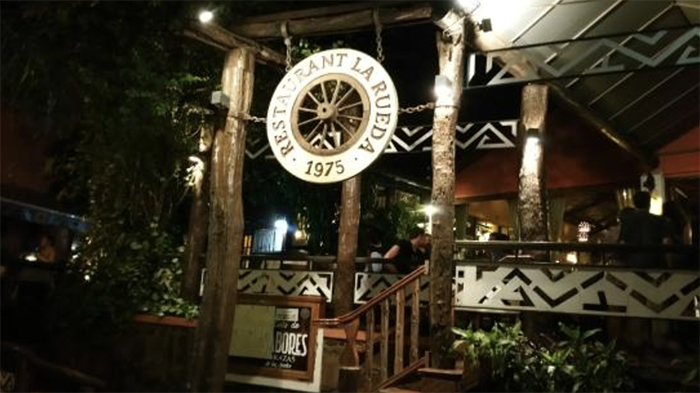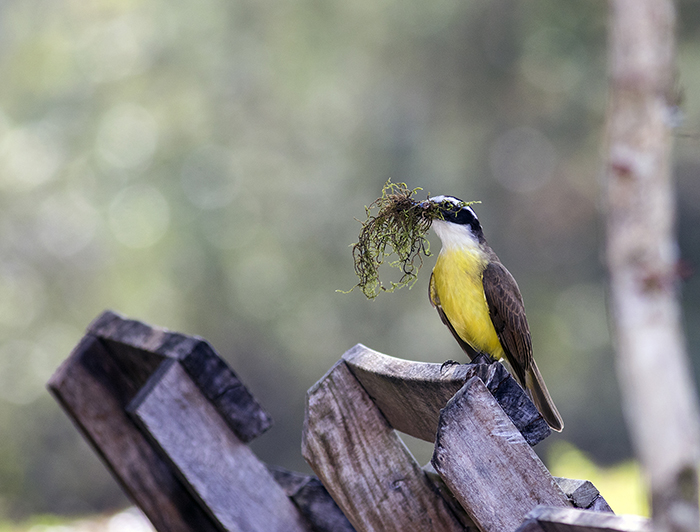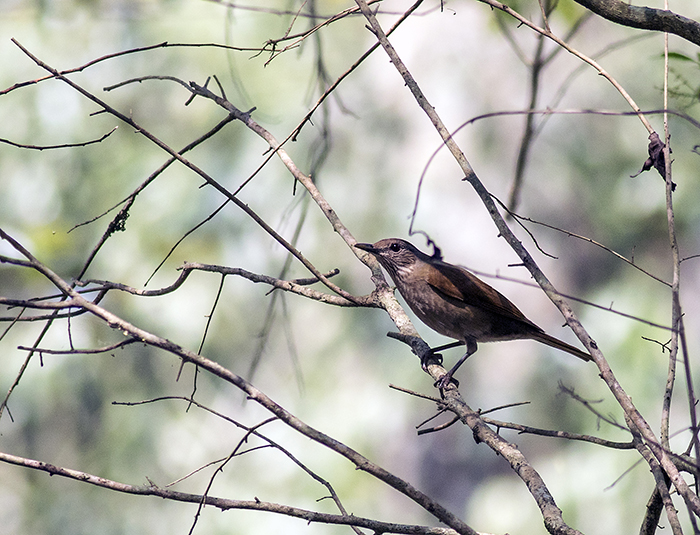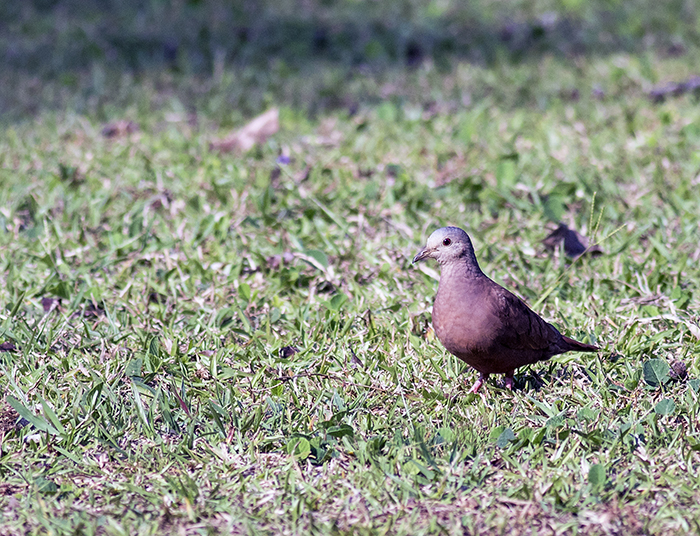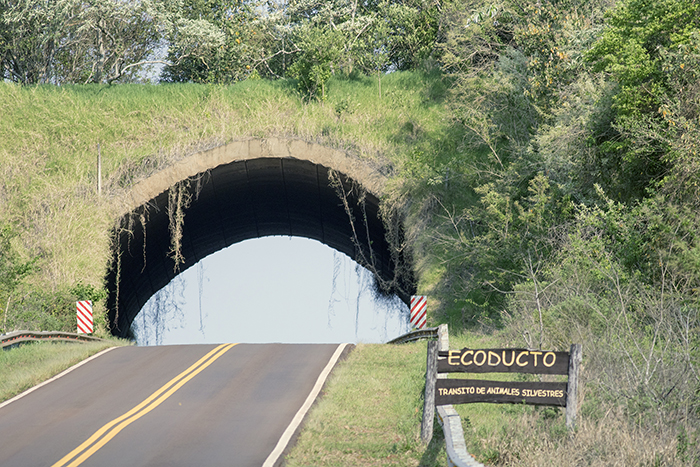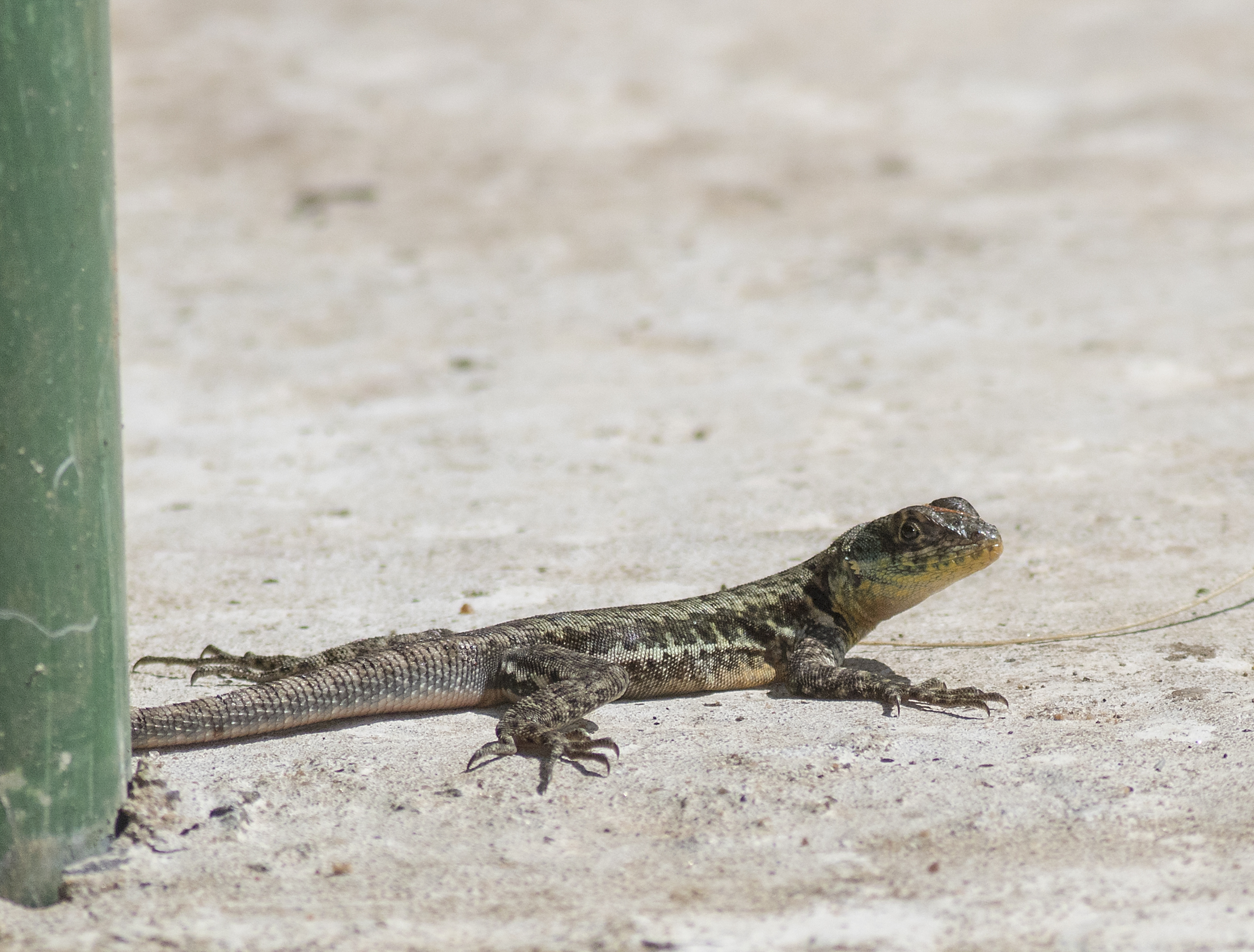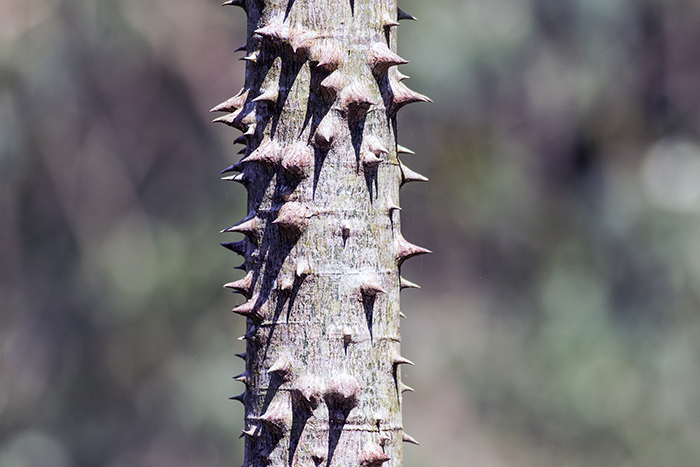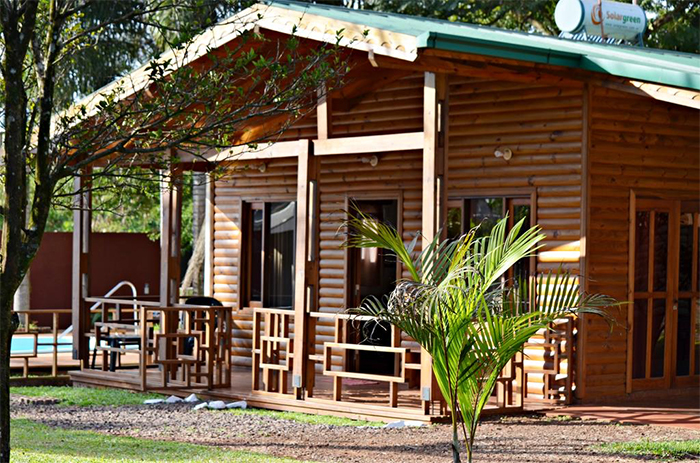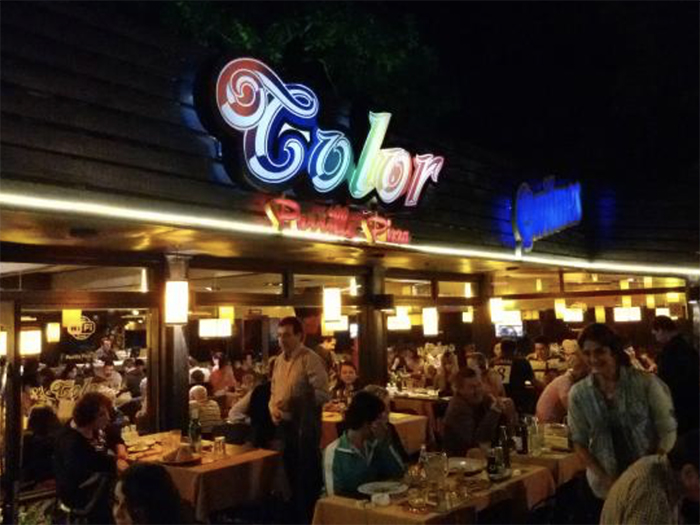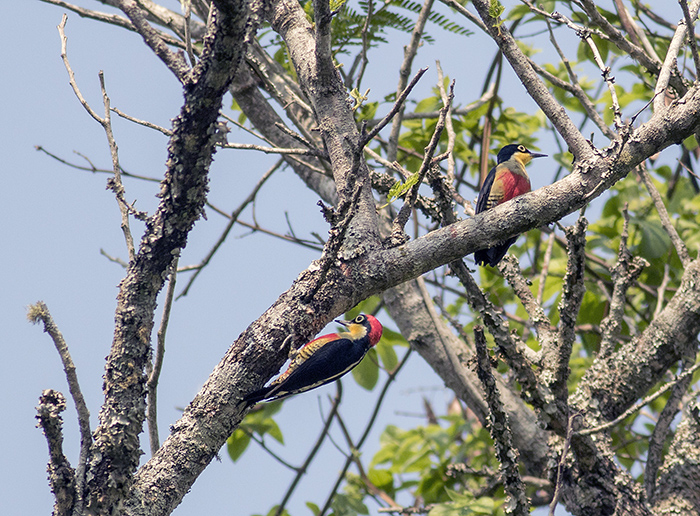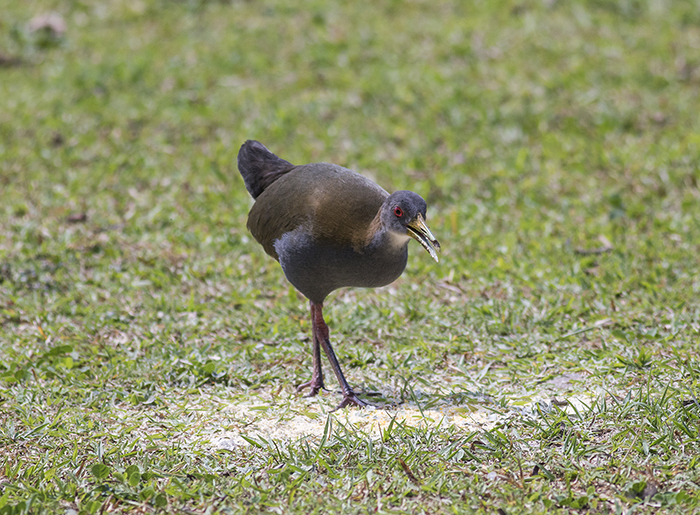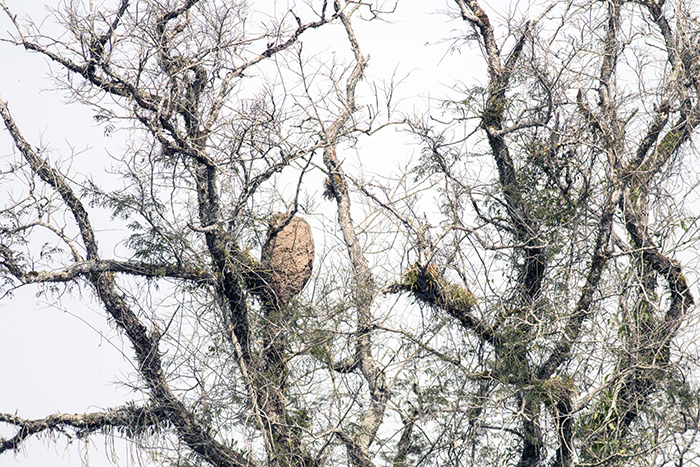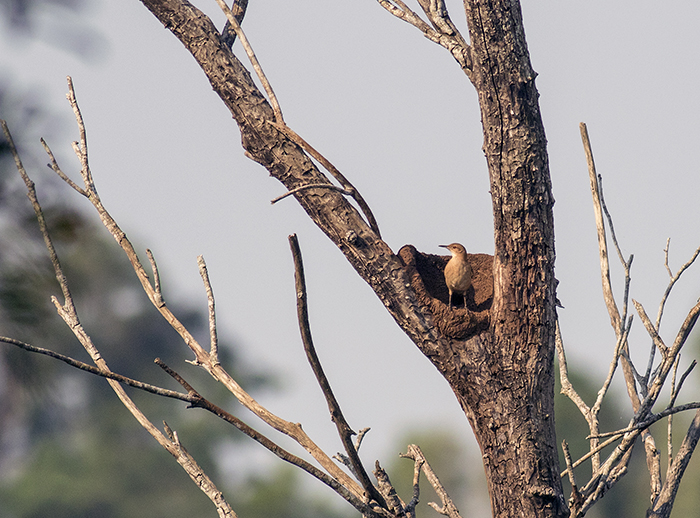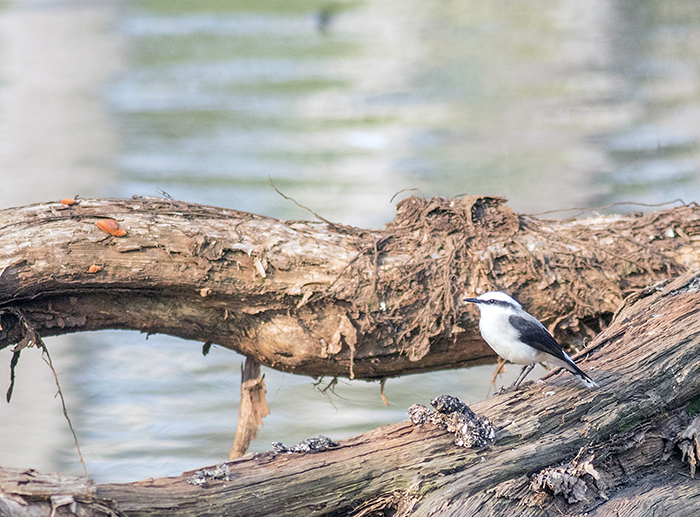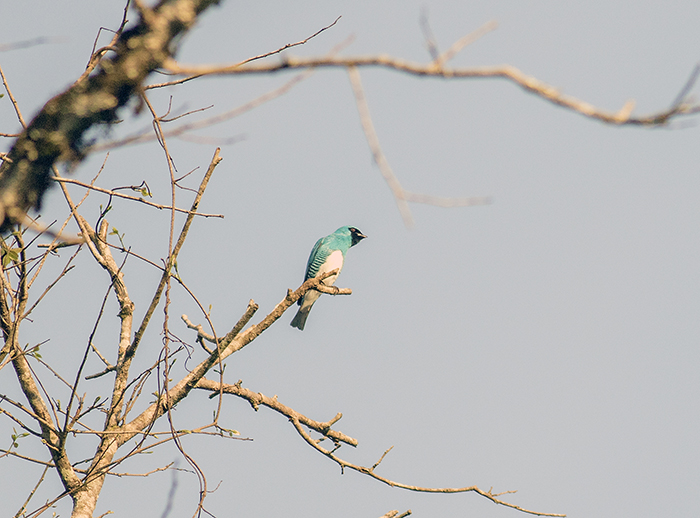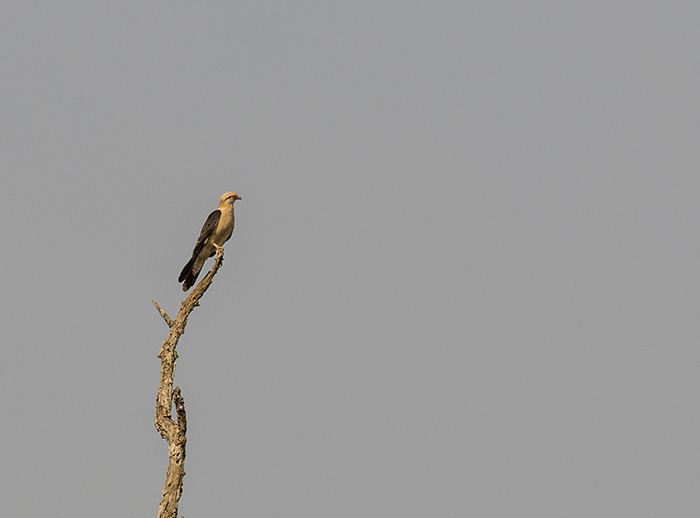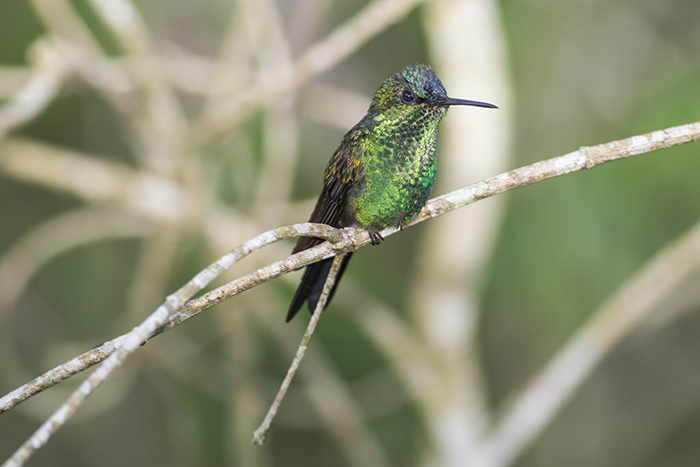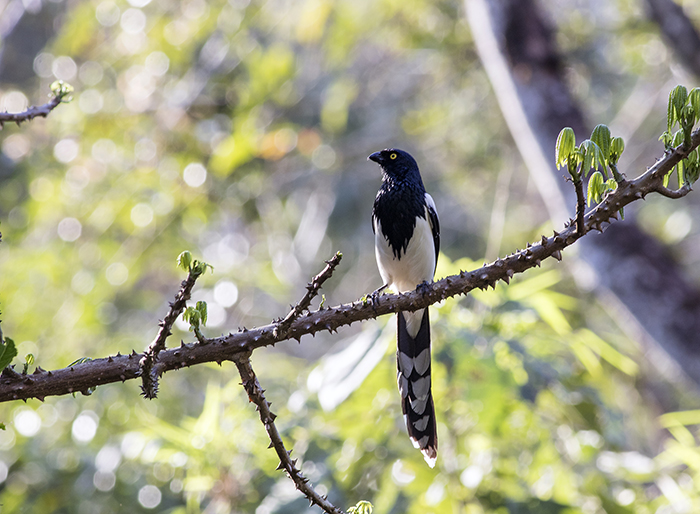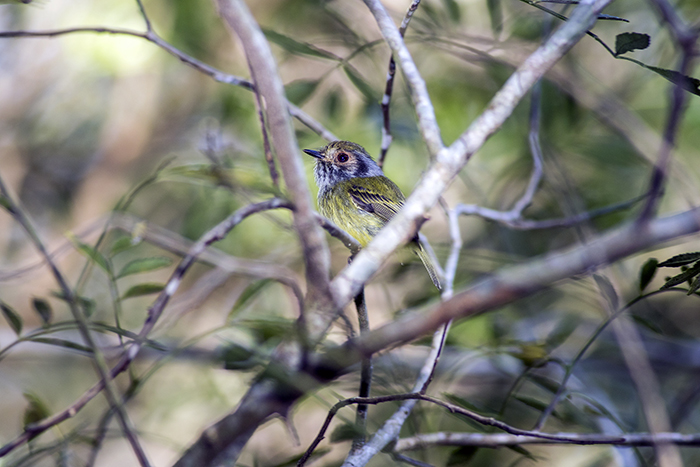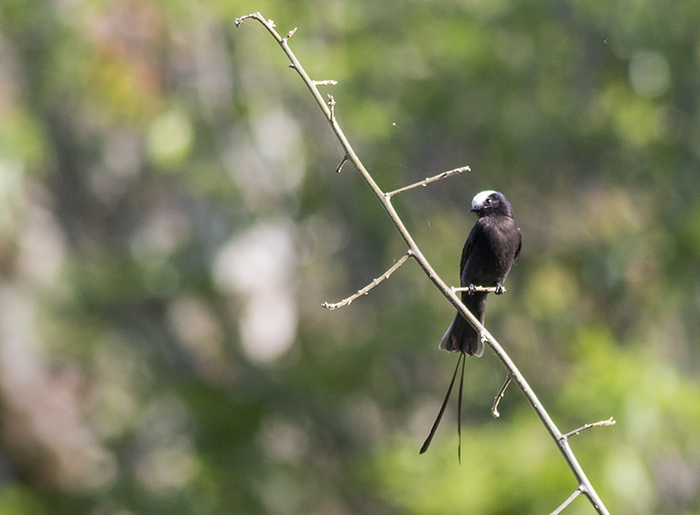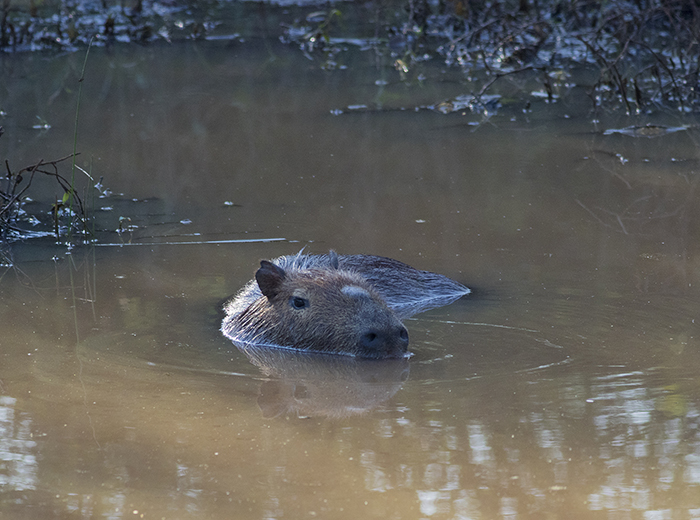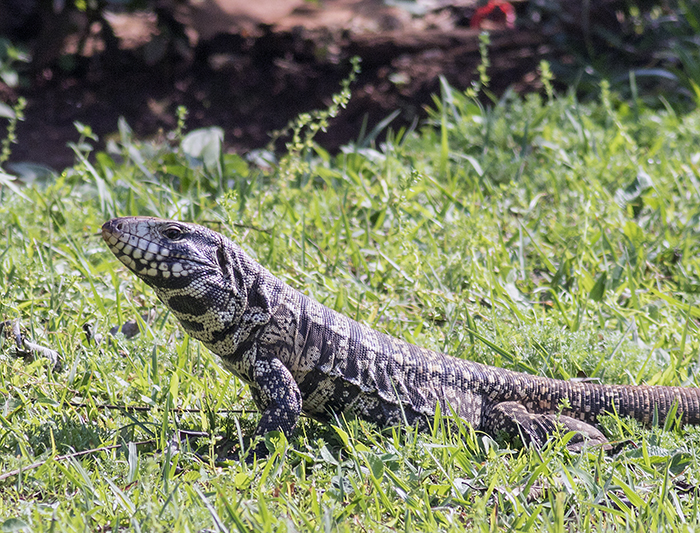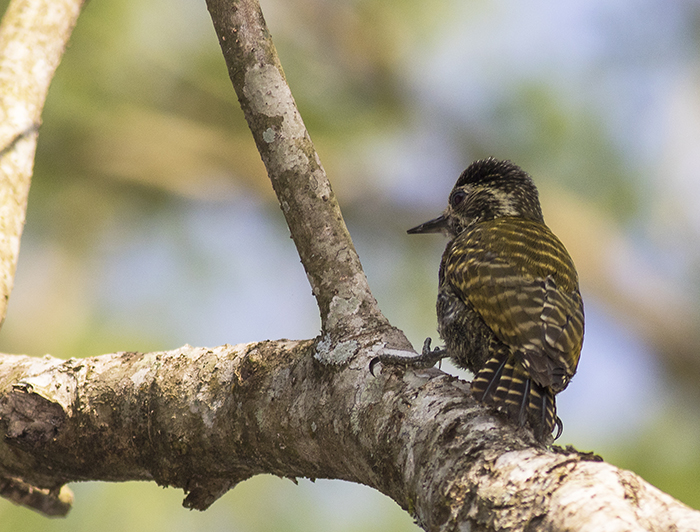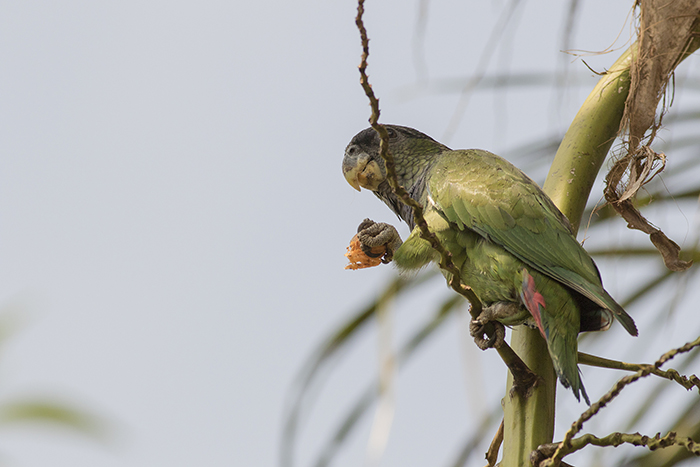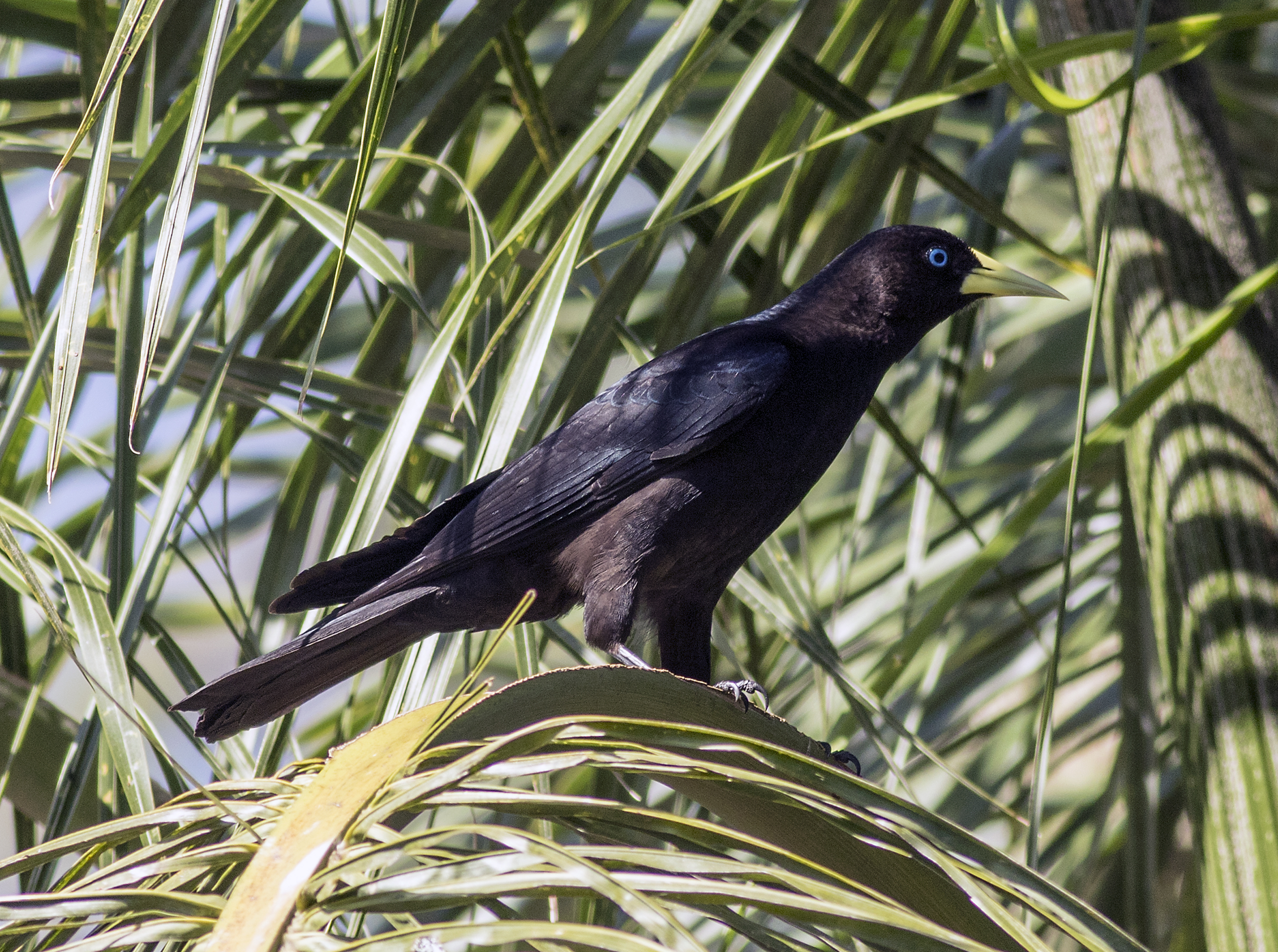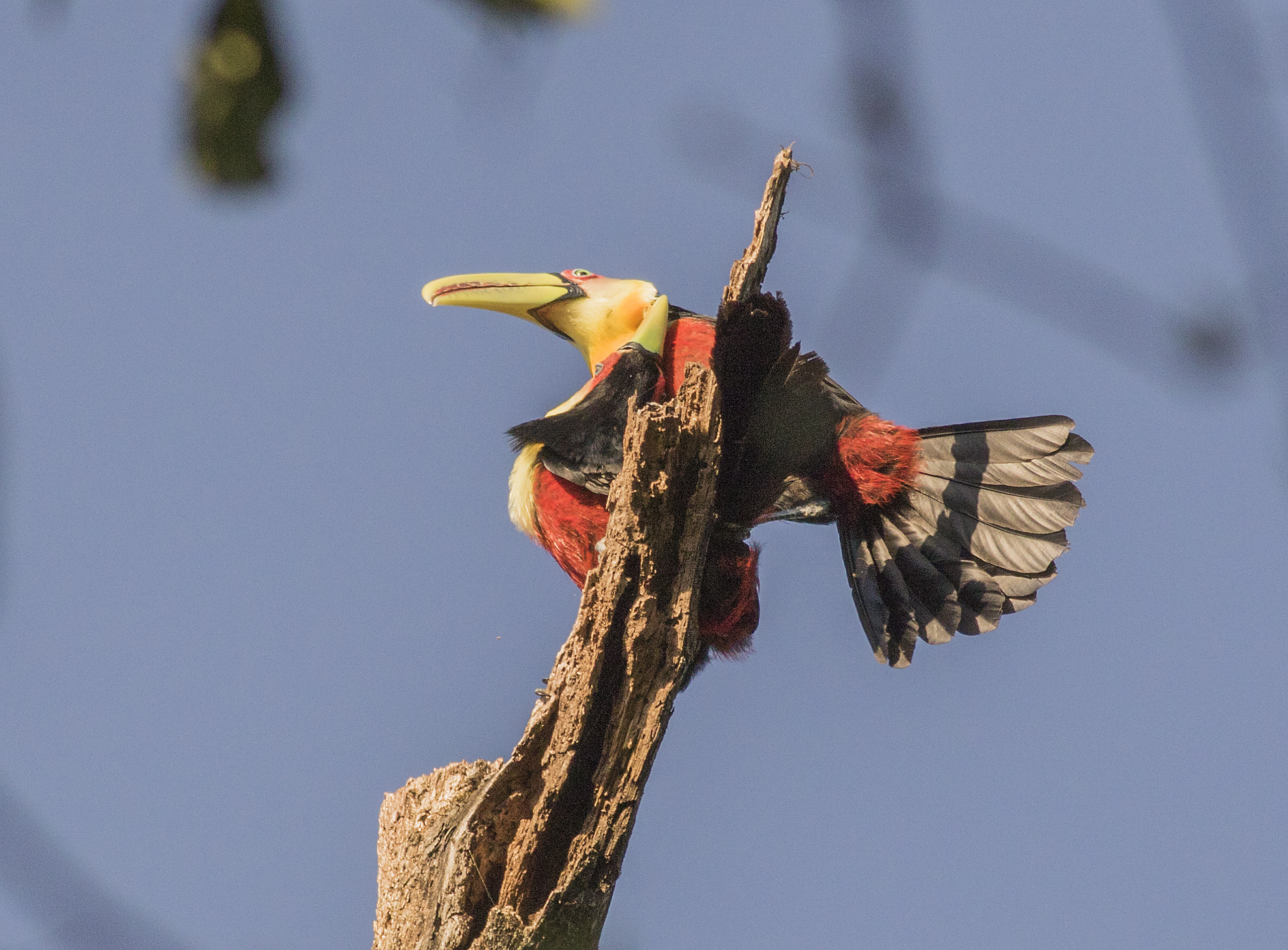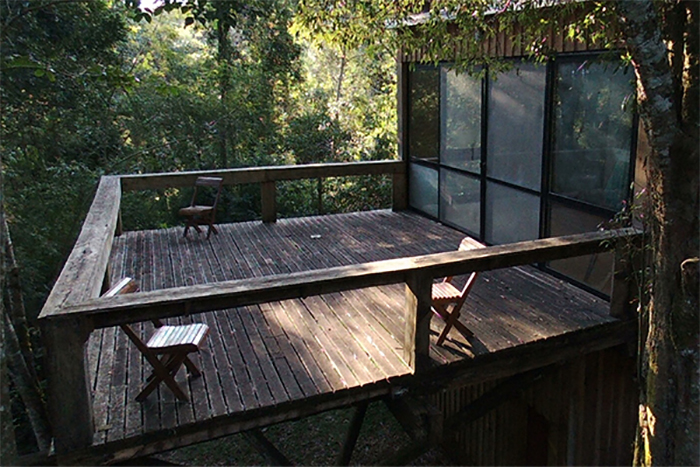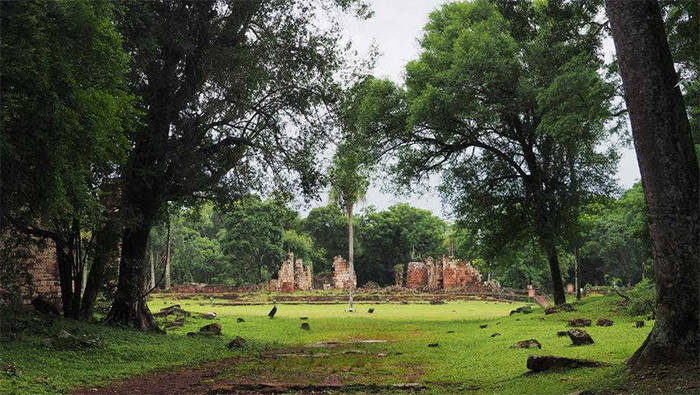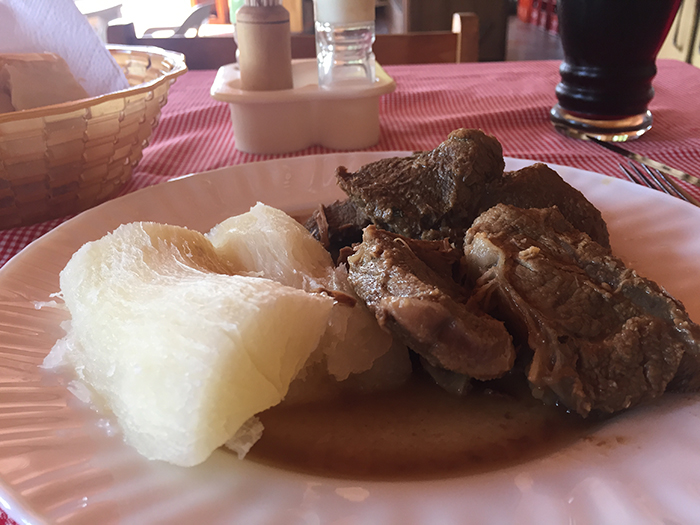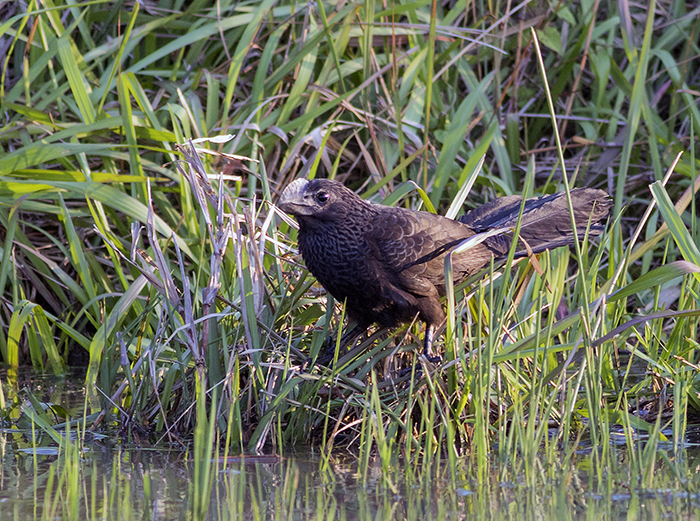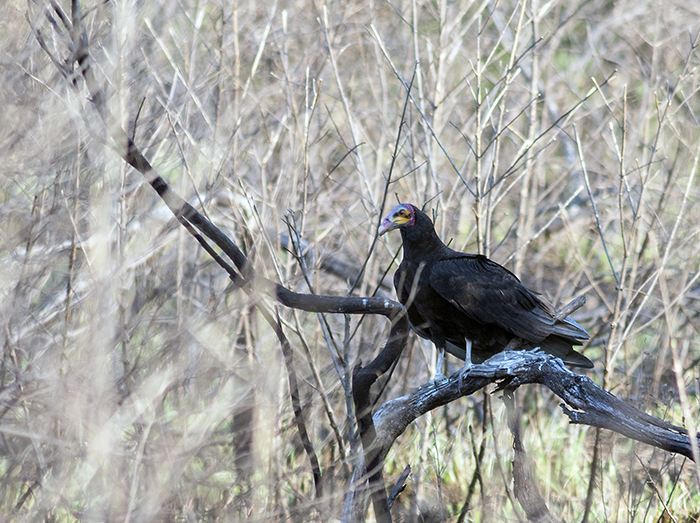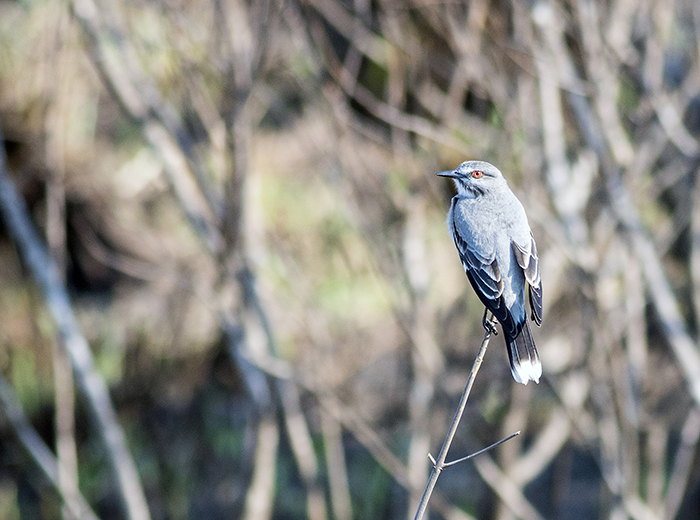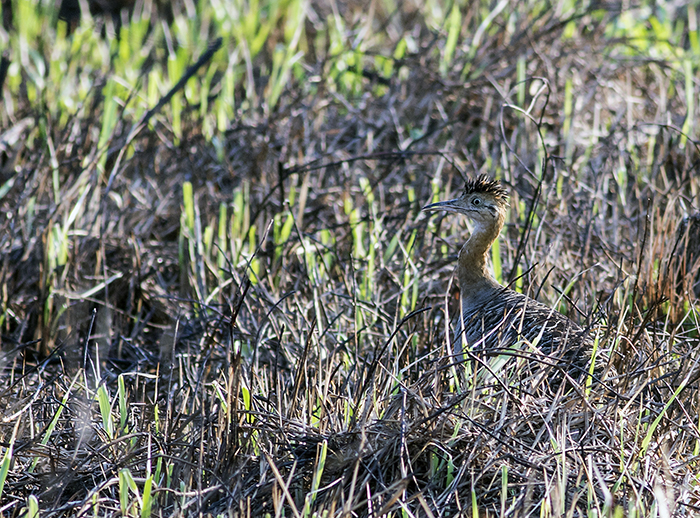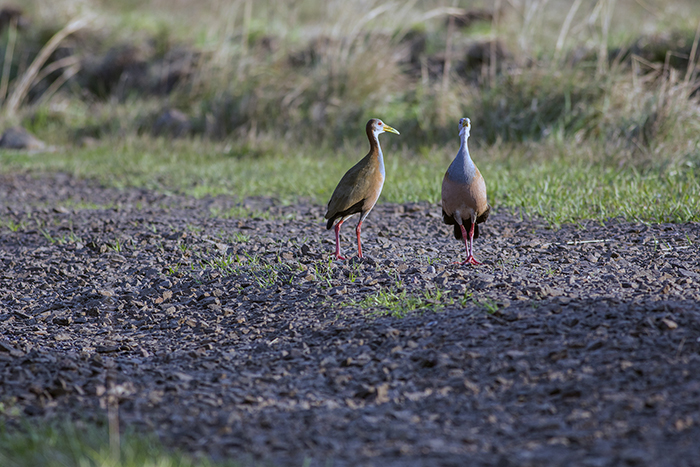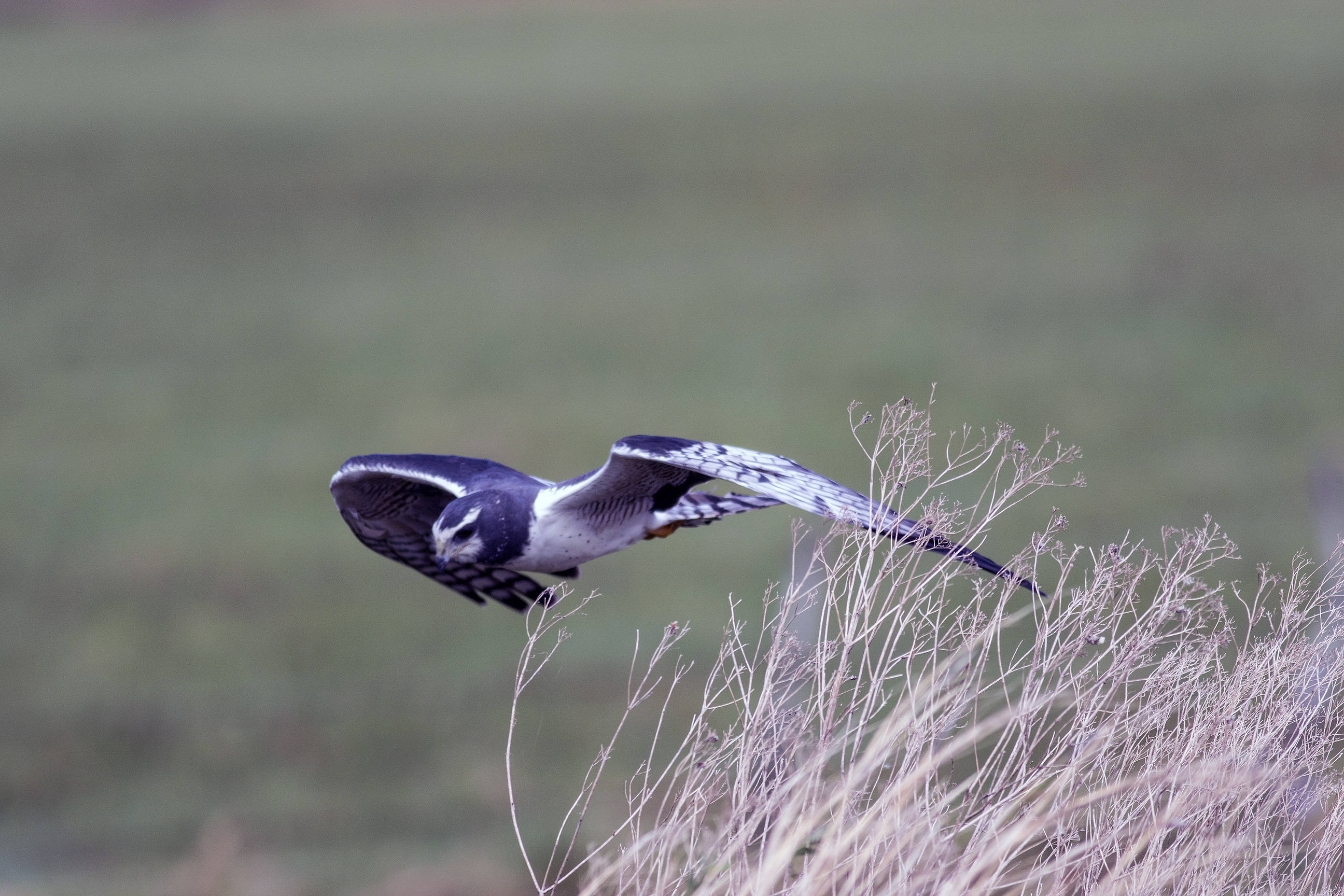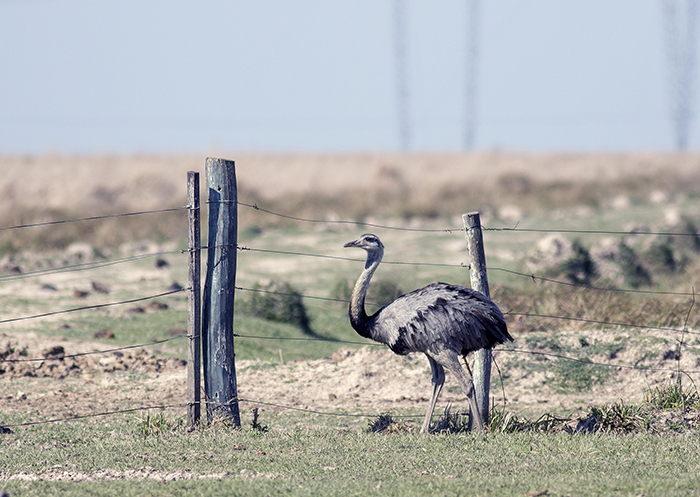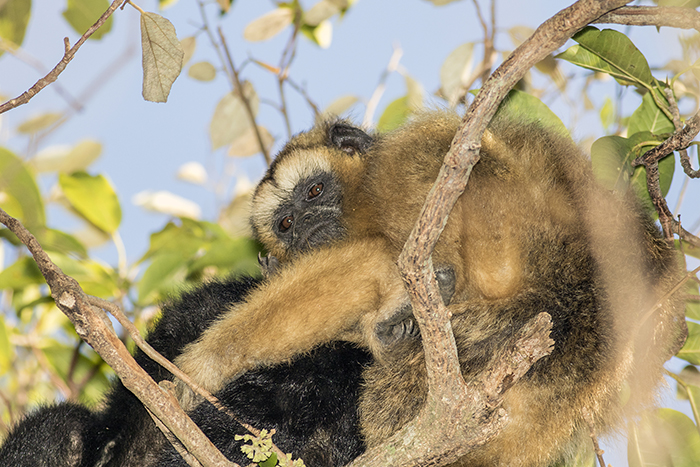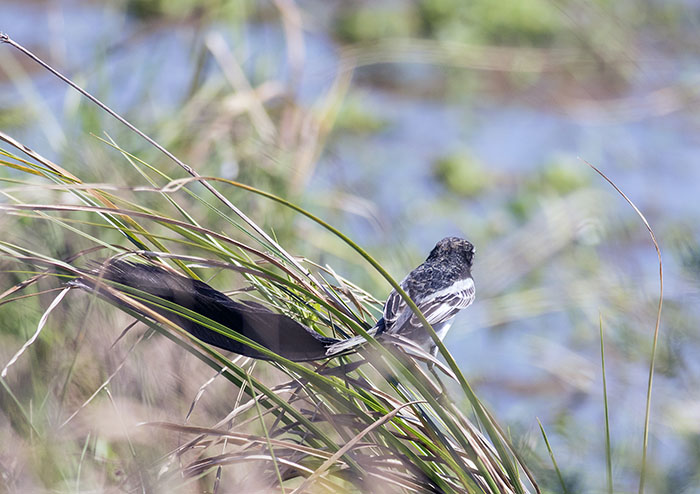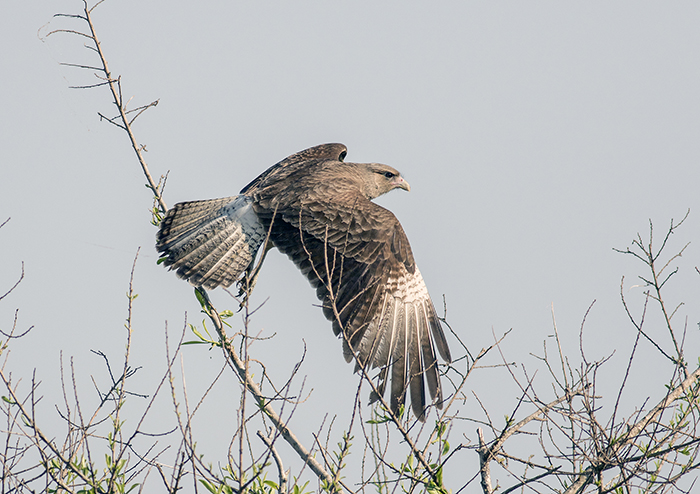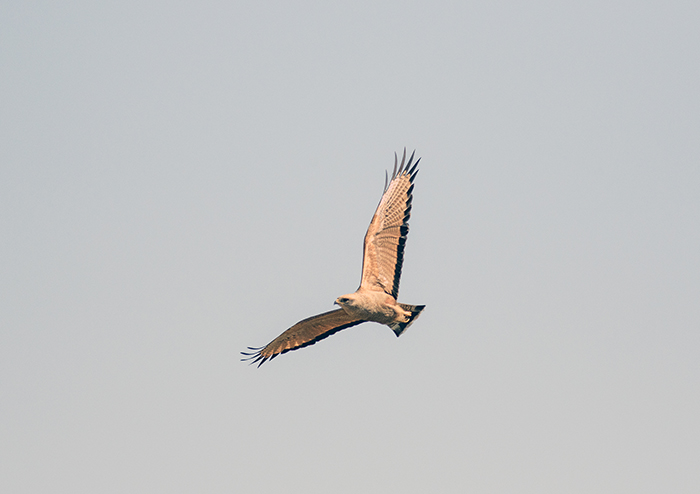26 August 2017 – Mercedes – Mburucuyá – And the heavens opened …
Woken in the middle of the night by phone call from reception asking me to please register the woman in my room. Explain there is no woman in my room. A couple of minutes later a soft knocking at the door and a slinky, expensively dressed female is there smiling at me. I explain to her as I had to the receptionist that there must be some mistake, and closed the door on her. About ten minutes later the phone rings again, this being reception telling me what I already knew, that there must have been a mistake. Finally, I get to sleep; strange dreams we need not go into here.
Back to the birding.
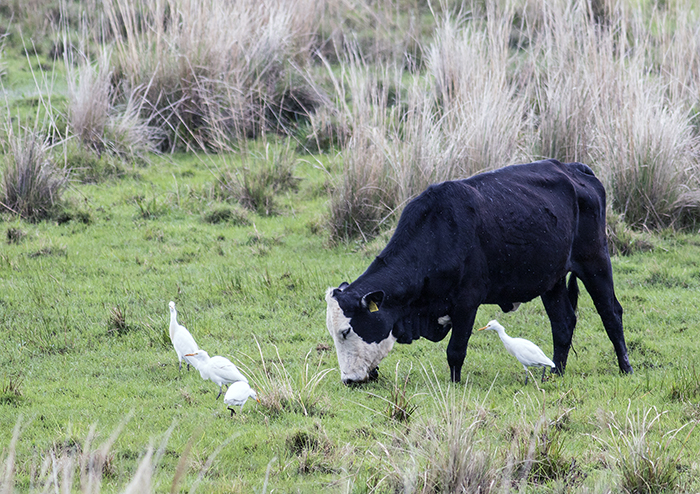
Well, if this is a cow and the white birds are egrets, my money is on them being cattle egrets
Got up early and loaded the car, which was on the other side of the Plaza. As I walked back a large bird crapped on my head – not too worried, as this is said to bring good luck. We’ll see. Stomach and then petrol tank filled, I set off for the Mburucuyá National Park, to the west of the Iberá Reserve.
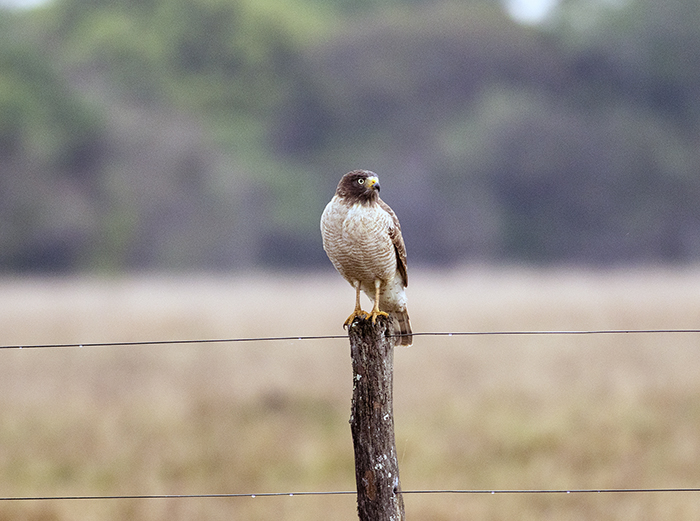
Roadside hawk, unsurprisingly a frequent sight by the roadside
I set off to torrential rain, with lightning crashing frighteningly all around the car, but after an hour or so it began to clear as I made my way around the bottom and then the left of the Iberá wetlands. Another glorious road for birding, with wetlands on either side full of birds, and I did stop for a couple of easy shots, but I wanted to get on to Mburucuyá National Park.
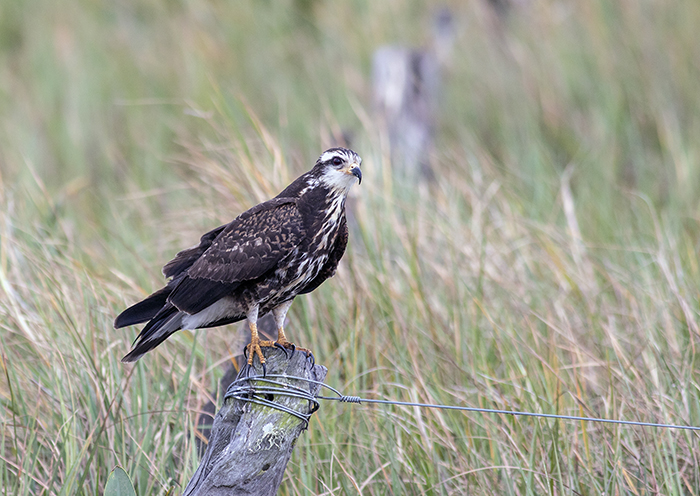
Female snail kite: lots of these flying low across the hedgerows and ditches
Which I did, entering the park on a difficult road, mostly loose sand but heavily rutted where service vehicles had passed in wet weather. It was a tough and very slow 30 km as I was in my rented Chevy Corsa, and as I was arriving at the park it began to rain. I couldn’t turn round as it was too narrow and rutted so I had no choice to go to the end where a ranger told me to get out quick as the granddaddy of storms was about to break.
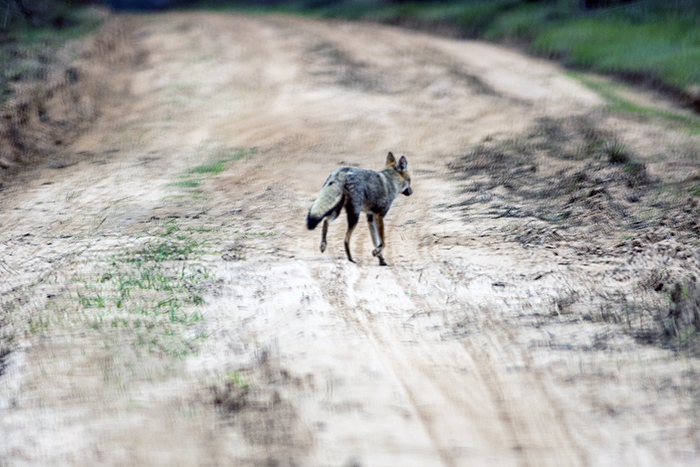
Crab eating fox, shot through windscreen. Sadly going in the wrong direction
I did see two crab-eating foxes (yes, really) and a female pampas deer in all the rush but didn’t manage to get photos as they all disappeared before I could get a lens on them except this fox trotting away from me which I shot through the windscreen. Another reason for returning.
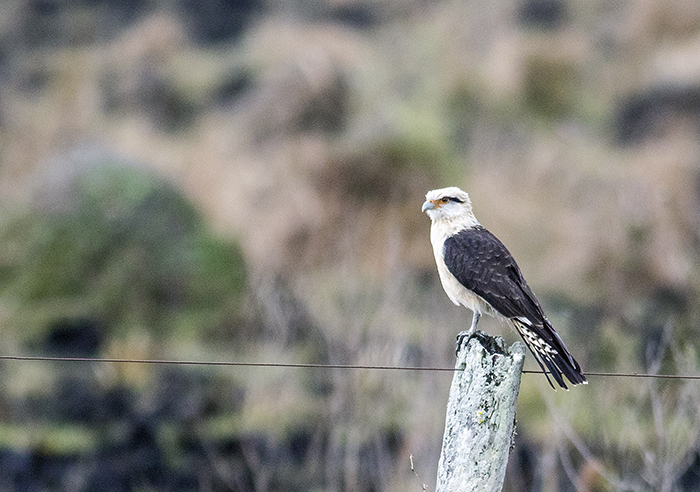
A yellow-headed caracara (Milvago chimachima) – a lifer for me
Discretion being the better half of valour and all that I turned the car round and started back. Hightailing it was out of the question, and in about ten minutes the storm broke: an electrical storm, even more frightening than earlier in the morning. Same road, except now the loose sand had turned to slippery mud. For once I had a reserve plan as I knew the ranger would be returning in a few hours but using all my skills and savvy (I wish!) I slid and slithered the 30 km or so back to the safety of the gravel road (ripio). Never have I been happier to see gravel road!
At which point, as if to make a point, the rain stopped and the sun came out so I spent a couple of hours driving and walking around the town‘s different entry and exit roads. Plenty to see there birdwise, and the National Park (which looked great, what I saw of it) can wait till a second visit.
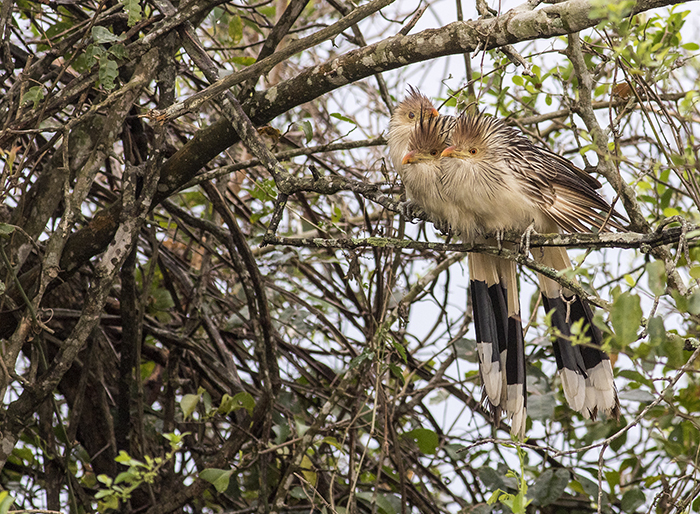
Comical looking guaira cuckoos – they seem to be very sociable birds
My accommodation for tonight is a cabaña with room for five so looks like I screwed up on the booking but it’s very comfortable to rattle around in, with some acceptable beer in the fridge. Food can be phoned in, which I did because I was tired and didn’t feel like going out again. Lovely river fish with boiled cassava and potato in a herby sauce – vary tasty, followed by some unidentifiable crystalised tropical fruit.
Tomorrow to Ituzaingó, where I re-enter the Iberá Reserve at Cambyretá. Fingers crossed for better weather.
